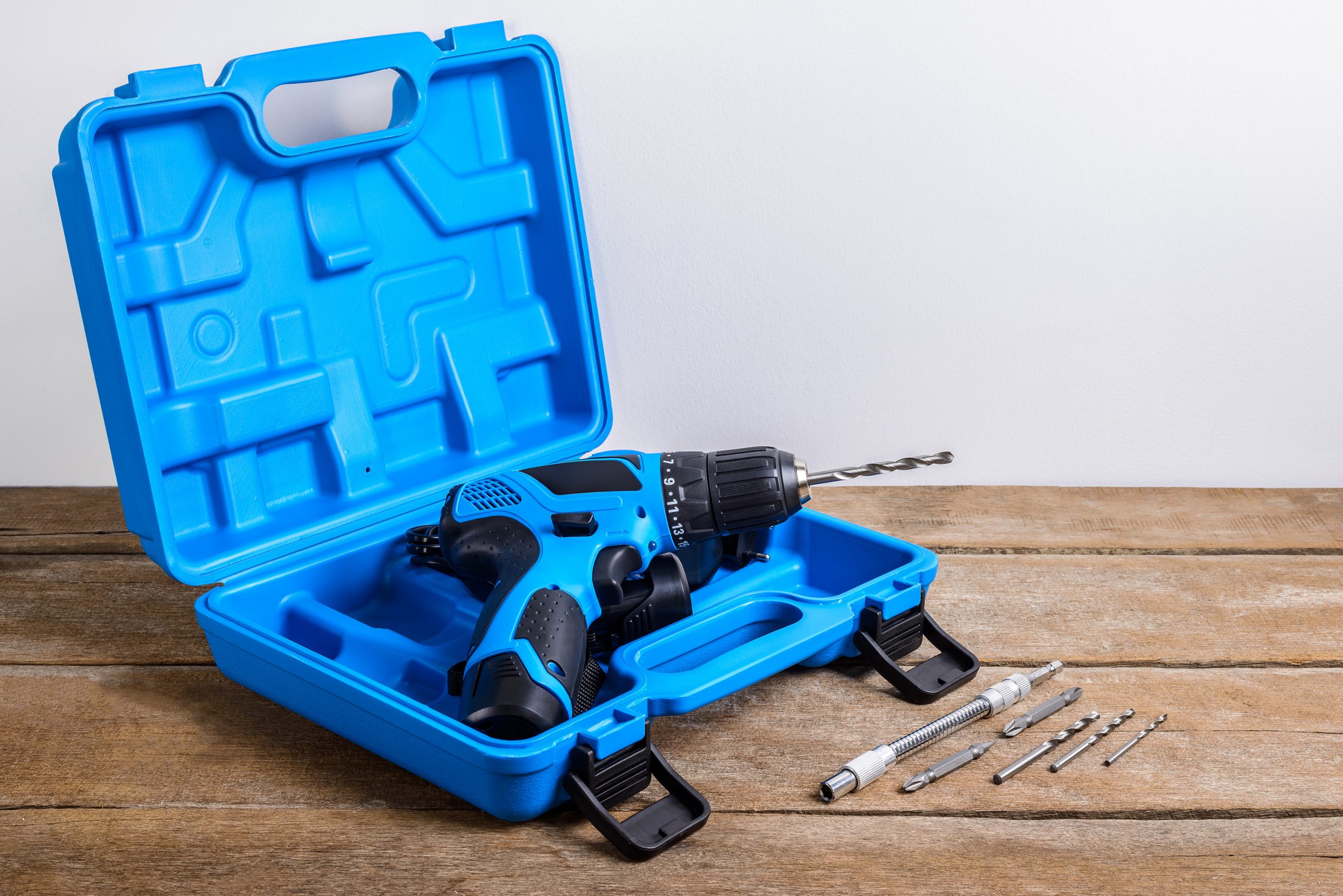
Operating resources – types and aspects?
The skilled trades are highly complex and depend on a wide range of equipment and tools. A charger and a cordless screwdriver are often not enough. On the contrary, a company can only keep running if it has a wide variety of operating resources. But which ones are there in the first place?
Operating resources – what does that mean?
Before we talk about the different types, such as tools and machines, there is one question that comes to mind – What exactly is meant by resources?
Assets can be equated with work equipment. This includes all goods of a company that are involved in production. In other words, although they are indispensable for production, they are not consumed in the process. They only support the production process. Thus, they are not direct, but indirect tools of the trade.
Tangible vs. intangible assets
In principle, all work tools can be assigned to two categories: tangible and intangible. But what is the difference?
Tangible assets refer to items such as:
- Factories and offices,
- production equipment such as machines and power tools,
- vehicles,
- general business equipment,
- land and buildings,
- electrical tools.
Intangible assets, on the other hand, are not of a tangible nature. We do not get to grips with them. This applies to:
- Patents,
- licenses,
- concessions,
- industrial property rights,
- company knowledge and values.
Work equipment – what types are there?
Since only the material work equipment is of importance for our consideration, we will take a closer look at it. What types do we distinguish?
Stationary electrical work equipment – the stable ones
With stationary work equipment, the name says it all, these goods do not move from the spot. They have their fixed place, which they cannot leave without further ado. One reason for their immobility is their weight. In most cases, the work equipment is so large and heavy that it can hardly be moved. Or, by their very nature, they are permanently installed because they are always used in the same place. Therefore, they prefer to stay in one place. But which work equipment belongs to this stationary category?
For example:
- Lamps,
- motors,
- contractors.
Portable electrical equipment – the mobile ones
They are the exact opposite of stationary work equipment – mobile work equipment. Flexibility is their great strength. They are not tied to a specific location. They can move all the more freely. They can be used wherever they are needed. This is especially true for easily movable goods that weigh less than 23 kilograms, such as:
- Office supplies: computers, printers, desk lamps, mobile pedestals.
- Power tools such as drills, milling machines, and jigsaws.
- Classic household appliances: coffee maker, vacuum cleaner, microwave oven.
- Vehicles such as loaders, transporters, and forklifts.
- New media: laptop, smartphone, tablet.
Stationary electrical equipment
Electrical installations and machines that are firmly anchored to their environment are referred to by tradesmen as stationary installations. Installations in buildings can be cited as an example. They only fulfill their function in connection with the building.
Non-stationary electrical installations
Non-stationary installations and machines are not firmly integrated into their environment. The opposite is the case. Immediately after their use, they have dismantled again. A new destination is already awaiting them. This applies in particular to equipment on assembly and construction sites.
Electrical equipment testing – check instead of risking
According to the legislation, electrical work equipment such as tools, vehicles, and machines must be thoroughly tested on a regular basis. After all, only safe work equipment is good work equipment. Both companies and public institutions such as schools or kindergartens must have the safety of their material goods certified.
When do work equipment inspections take place?
The inspection dates are not left to chance. The safety check always takes place when:
- Electrical equipment or tools start operation for the first time,
- when changes are to be made.
In addition, there are regular inspection dates. At fixed intervals, the equipment, vehicles, and power tools must prove their worth. However, not just anyone can carry out the equipment inspection. Only trained electricians are able to do so. Electrically instructed persons (EUP) have an exemption. Under the supervision of an experienced electrician, they are allowed to keep an eye on things.
Digital equipment management – the virtual test assistant
Missed yet another important test date for the new power tools – what craftsman hasn’t experienced this? But it’s no wonder. With ten vehicles, three factory halls, and vast quantities of electrical tools, you don’t have every single deadline memorized. Even the best memory reaches its limits at some point.
Even the good old inspection book fails often enough. In the heat of the moment, busy craftsmen all too often leave the little assistant to the left. It will go wrong. But sometimes it doesn’t go wrong. Test and repair deadlines pass – whether for vehicles or power tools. Defects and shortcomings become a habit, and suddenly the quality of the craftsmanship suffers.
Fortunately, the worst case doesn’t have to happen. Craftcloud’s resource management keeps track of when the craftsman loses it. Because four eyes see more than two.
Resource management with Craftcloud – better than any appointment calendar
No question, an appointment calendar is a fine thing, but unfortunately also an old-fashioned thing. The modern alternative is resource management with Craftcloud. With just a few clicks, all important inspection obligations and deadlines are stored on the cloud. So no deadline is lost anymore.
Leafing through the diary for a long time? No more! Thanks to Craftcloud, endless search marathons are finally a thing of the past. Searching and finding have never been easier. With just one flick of the wrist, the craftsman has all test dates in black and white.
And the best thing is that all the crucial documents and checklists for machines and tools are in tow. Who needs to be afraid of the next equipment inspection?
Defective yesterday, repaired today
Defective equipment costs time and money. It’s no wonder that many companies like to carry out repairs and maintenance at the last minute. But what’s worse, the company responsible often doesn’t even know about the defect. Just when they want to get started, they get a rude awakening. Negligence is not uncommon in the craft sector.
Craftcloud wants to change that. From now on, defects and deficiencies can be reported in no time at all – whether in machines, vehicles, or tools. A few clicks and everyone knows about the error. And the sooner the problem is known, the faster the repair will follow. In no time at all, the tools, machines, and vehicles are back in top shape.
This gives Crafts 4.0 a whole new motto: “Don’t put off until tomorrow what you can do today.
Digital resource management – independent of time and space
In the past, if you forgot your operations manual at headquarters, the drama began. In the meantime, where should you write down all the defects and inspection dates? In the head? It was worth a try. But the memory didn’t always survive the trip back.
Fortunately, those days are over – thanks to digital resource management with cloud functionality. From now on, everyone has access to all data anytime and anywhere. Whether with a smartphone, tablet, or PC – space and time no longer play a role.
Remembering was yesterday, noting is today.
Related Articles
Recent posts
Categories
- Asset Management 25
- Craft 41
- Customer Relations (CRM 1
- Digitization 51
- Recruitment 1
- Uncategorized 25




